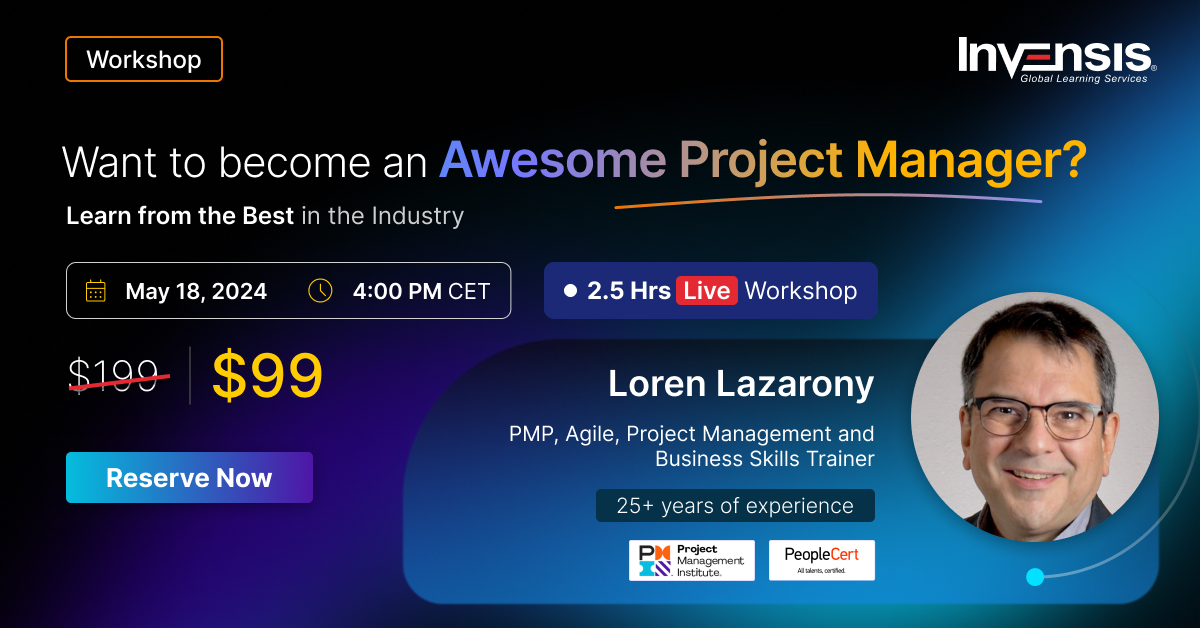
Agile leadership courses are becoming less of an option and more of a necessity to facilitate the development of healthy and effective business practices. Agile leadership, on the whole, focuses on expanding traditional leadership methods. This holistic approach focuses on tackling working in teams, the strategies implemented and the processes executed. As a result, business outputs are significantly more efficient and effective. In this article, let us explore Certified Agile Leadership vs Professional Agile Leadership.
Certified Agile Leadership (CAL) and Professional Agile Leadership (PAL) programs sound almost the same, but they offer different approaches and structures to a similar subject matter. Both courses are extremely helpful with business leadership skills; however, understanding your business objectives and the roles within the organization you are trying to develop will help distinguish the right course for your needs.
Certified Agile Leadership (CAL)
The Scrum Alliance primarily offers the Certified Agile Leadership course or CAL (as of September 2016). The course structure is centered around a two or two and half-day training periods and includes 17 hours of contact training. Contact training covers hours that may be spent in classroom environments or could be completed via distance learning and the incorporation of case studies.
CAL courses are targeted by those in more senior positions of authority or those looking to encourage guidance within lower levels of the organization. 92% of more than 500 senior executives interviewed by Forbes agreed organizational agility is critical to business success. Primarily agile coaches, consultants, and managers are encouraged to undertake the course. However, even top-level management, including managers and executives, could greatly benefit from the information shared.
Certified Agile Leadership courses tackle breaking down organizational culture; understanding the nuances of how individuals think, how it affects day-to-day activities and whether processes could be done better. It is essential to consider how much of an impact the person taking this course has within their organization. Lower-level employees have little say with regards to culture and habits within the company and would see little benefit.
In terms of assessments or testing, CAL programs offer very little. They focus on a more practical approach highlighting how to adopt the techniques and ideas discussed in their individual organizations. CAL programs additionally use different teaching materials to complement the objective of the course. Instructors can craft their courses depending on the students and their needs; therefore, the focus shifts depending on what is needed most.
Professional Agile Leadership (PAL)
Professional Agile Leadership (PAL) courses are offered on Scrum.org as an Agile Leadership Training Course. The module is broken down into two parts; an online eighty-question test to gauge your current knowledge and understanding and is followed by the training course.
The online assessment is a non-negotiable part of the course. This allows you to bypass the training or practical application part of the course. The standardized testing portion of the course alone could be used to certify students. After passing the online assessment, you can be accredited with a PAL certificate for an additional monetary fee.
The two-and-a-half-day course offers no prior coursework or online readings. All the reading materials are the same across the board. Course instructors are given a standard set of teaching resources. However, a direct shortcoming is that instructors aren’t able to add their personal experiences or focus on their strengths while teaching.
The target audiences for PAL training are those who have managerial capacities. While agile coaches and consultants aren’t a rare sight in these courses, the rigid structure makes it more ideal for candidates looking for firm direction and building on a granular level. Consultants and coaches add an interesting dimension to the conceptual understanding of these courses; they streamline how to deliver the course best to maximize student understanding.
Lastly, PAL focuses more aggressively on frameworks and the role of managers within their agile teams. The approach is more tactical and nuanced to focus on change that can be enforced practically and quickly.
Understanding Your Choice
Professional Agile Leadership and Certified Agile Leadership courses go hand in hand. PAL courses offer a solid foundation of concepts and ideas to introduce a different mindset and approach to business operations slowly. Allowing an organization or individual access to firm principles and guidelines makes the transition process to hybrid leadership styles significantly easier. Additionally, implementing this at a management level allows companies to understand where points are improving, where things cannot be fundamentally changed, and which employees have a hard time migrating from one approach to another.
CAL courses would be able to tackle an overall change in the way a company operates. With organizational culture at its base, the professionals that take CAL courses are in positions to institute better practices overall. They are decision-makers that could offer further insight into efficient and effective methods of achieving the same if not better results. Instituting fundamental change in the way the organization operates allows new employees to jump in at an enhanced capacity while training the existing ones.
Incorporating new leadership styles within your business is always a better idea than stagnating with tradition. Business environments are constantly evolving, and in order to practice business with enhanced accuracy, leaders and cogs alike must be in a position to understand why change is needed and why it is better. 54% of 403 organizations agreed, that Agile or hybrid leadership styles, enhanced collaborations between departments that don’t normally work together. When executed efficiently a change in leadership style can truly have a strong impact on how successful a business could be.
Final Thoughts
Agile leadership courses currently offered are centered around; PAL (Professional Agile Leadership) and CAL (Certified Agile Leadership). CAL courses are more abstract and focus on the perception of fundamentals. They are primarily taken by decision-makers or upper-level management. PAL courses are standardized and offer a firmly defined course structure to cement principles and ideology. A combination of both courses within an organization could showcase agile leadership in its entirety at its best.
Some of the popular Agile Certification Courses that individuals and enterprise teams can take up are:
- Certified Agile Leadership (CAL 1) Certification Training
- Professional Agile Leadership Essentials (PAL E) Certification Training
- Certified Scrum Master (CSM) Certification Training
- Certified Scrum Product Owner (CSPO) Certification Training
- SAFe Scrum Master Certification Training
- Agile Scrum Foundation Certification Training
- Agile Scrum Master Certification Training
- PRINCE2 Agile Foundation Certification Training















